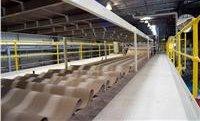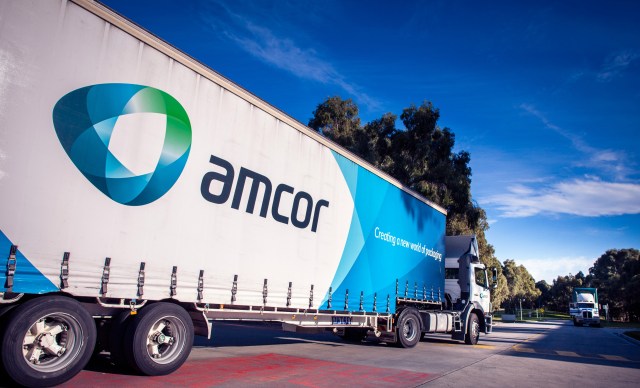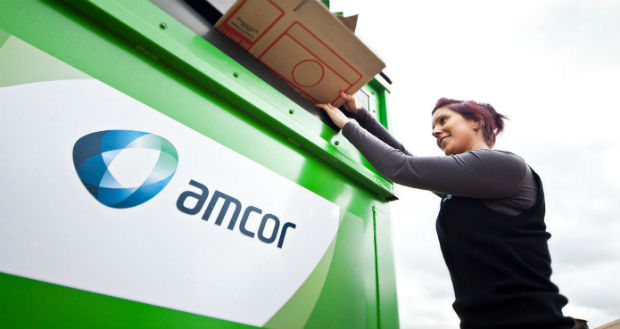
Packaging giant Amcor has followed up last year’s strong result with a 6.7 per cent profit gain for the first half of 2015, again led by growth in emerging markets.
The packaging multinational posted a $411.1m profit on sales that grew just 0.3 per cent to $6.15bn, compared to the first half of FY14.
The increases are far lower than the 21.2 per cent profit and 14.5 per cent sales jumps of HY14, and similar rises for the full year, but higher than analyst predictions.
The company says Australian earnings were significantly higher mostly due to ‘synergy benefits’ from the Aperio and Detmold acquisitions. The full benefits of these acquisitions are expected to be realised over the 2015 and 2016 financial years.
[Related: More packaging news]
Amcor’s profit was once again driven by 15 per cent growth in fast-expanding emerging markets in developing countries, while developed markets held steady despite subdued economic conditions.
The company derives 32 per cent of it sales from emerging markets – particularly in Asia Pacific countries like China, India, Indonesia, and the Philippines where it has made several acquisitions this year to cement its status as the regional flexible packaging market leader.
Outgoing chief executive Ken MacKenzie says Amcor has $2bn worth of acquisitions in the pipeline, some of which will happen in the second half, and is looking for more everywhere.
“Over the past four years we have completed 16 acquisitions and undertaken a number of organic growth investments. The company continues to have an extensive pipeline of opportunities, both organic and M&A, that will continue to deliver future growth,” he says.
However, he says all investments, whether they be organic or takeovers, must deliver a 20 per cent return on investment over three years and this will define the company’s priorities.
MacKenzie says the Chinese market has weakened with only 6.5 per cent volume growth compared to the usual more than 10 per cent.
He says there ‘has no doubt been some destocking’ of Chinese shelves, as is common in a slowing economy. The market is expected to stay soft through the Chinese New Year until March or April, with the market’s true condition not clear until year’s end.
MacKenzie also noted Amcor’s development of new packaging technology, saying innovation is a key driver of long term success and becoming a technology developer as well as a manufacturer will be an important point of difference going forward.
“Our innovation comes from working with our customers and helping them better meet their needs,” he says.
Amcor had a surprise for its investors with a $640m share buyback, representing four per cent of market capital, but says it will still have the cash to fund acquisitions.
“We came to the conclusion that we have excess cash for our requirements, and decided to return it to shareholders, and we are doing that through a share buyback,” MacKenzie says.
Sales margins are up for both core markets with flexibles at 12.2 per cent offsetting the weaker 8.9 per cent for rigid.
Operating cash flow, after net capital expenditure, rose 55.1 per cent to $131.8m while net cash was $262m.
Shares rose 2.58 per cent to $13.52 on the ASX for the day following the announcement.
Comment below to have your say on this story.
If you have a news story or tip-off, get in touch at editorial@sprinter.com.au.
Sign up to the Sprinter newsletter



